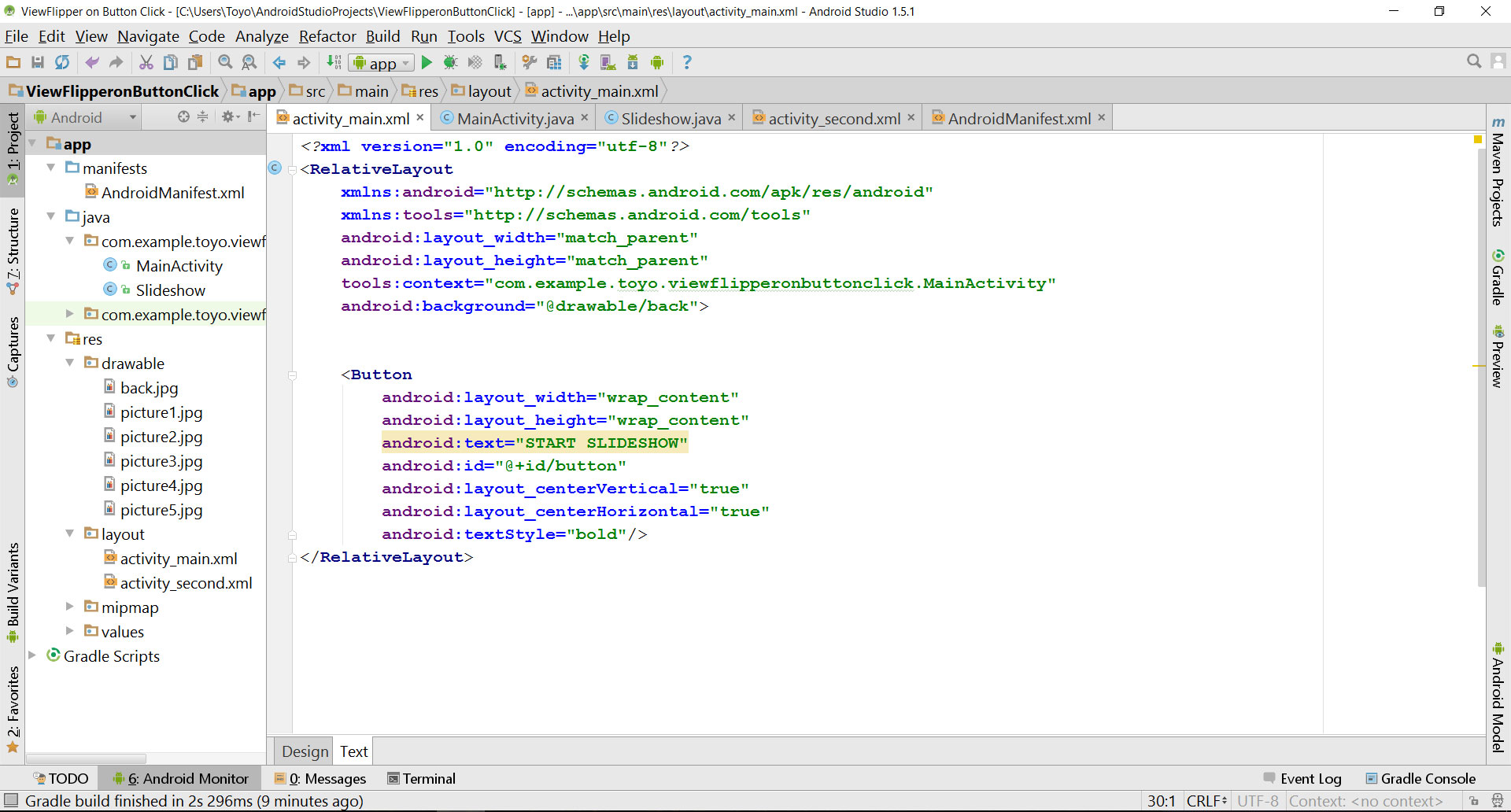

What about cases where only part of the text is repeated? For example, the application name is used inside several texts. You can just reference already existing strings, like this:
Android xml tools update#
In the case of text changes, you have to remember to update it in several places. Of course, you can just copy and paste them but this is quite inconvenient. some screen name is used as a label on a list and as a title on that screen itself. Let’s say that you have to repeat some text in a few places, e.g. Here is a modified sample plural including this quantity: Then the other quantity will be used in case of locales unsupported by the app.
Android xml tools android#
However, if a device is running Android 7 or newer (API 24+) and you specify resConfigs 'pl' (see DSL documentation for more information).
Android xml tools full version#
Full version can be found on įor example, if the language is set to Lithuanian, we’ll get Znaleziono 5 piosenki., which is incorrect in Polish. Take a look at the table below:ĬLDR cardinal integer chart fragment. However, in other languages, the same number may be mapped to different quantities. because 5 in Polish belongs to the many quantity. Here is the snippet:įor example, if the language of the device is set to Polish and the actual number of songs is 5, the resulting text is Znaleziono 5 piosenek. Note that the current version of lint will complain about missing many quantity, but we’ll come back to this in the next chapter.

Let’s consider the same plural resource with the number of songs from the linked official documentation, but with Polish used as a default translation (located in values directory) and without English at all. It won’t affect any behaviour at runtime! This is especially true in some areas – it won’t change plural rules, for instance. Keep in mind that this is used only by Android Studio spellchecker and lint. You can add it to the resources tag like this: It tells the tools what language is used inside a file. Tools:locale attribute is what can really help. Note that adding tools:ignore="Typos" attribute to each tag works but it is quite cumbersome and, thus, not the best solution. Unfortunately, the best one is not on the list. Here are the quick fixes suggested by Android Studio: For example, word adres is correct in Polish but is a common misspelling for English address. Moreover, lint may detect some words as common misspellings and produce warnings as a result. Firstly, Android Studio spellchecker will complain about most of the words. Since there is no locale qualifier in a directory name, English is assumed. Polish in Poland or German in Switzerland. The default translation (located in values directory) will be in the most common language in the given area e.g. GET FREE EBOOK The secret ingredientĪssume that you are developing an app for local market only and there is no need for English texts. If you own a digital product, our Ebook will be a perfect resource for mastering the fundamentals of successful product delivery. Drive Your Product to Success – Free Guide for Digital Product OwnersĮven the best team can’t deliver a successful product without proper guidance.


 0 kommentar(er)
0 kommentar(er)
